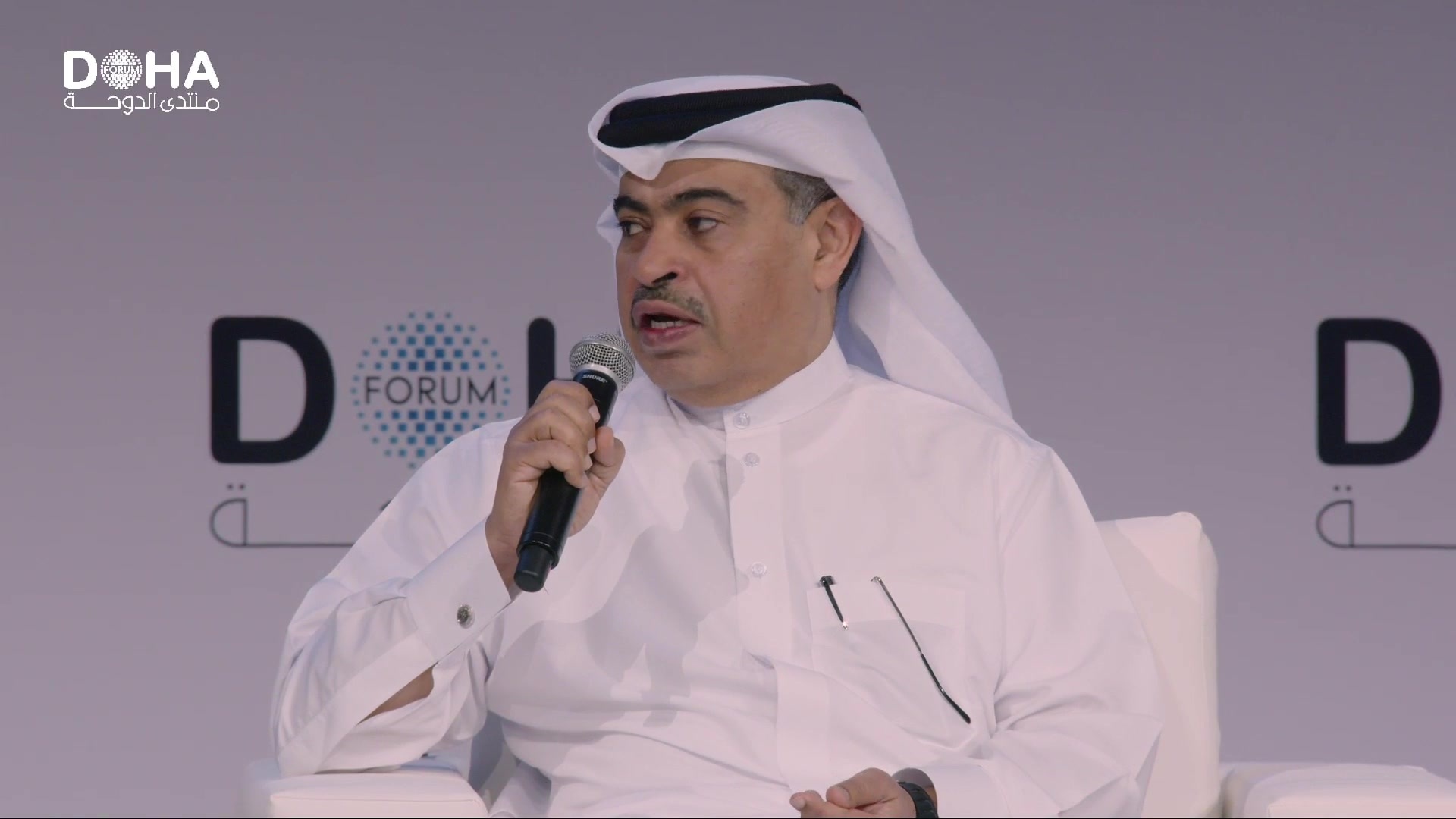Green bonds are allocated for environmentally friendly finance projects that benefit the environment, including green buildings.
Qatar’s Finance Minister Ali Al-Kuwari confirmed his country’s plans to issue green bonds to Bloomberg on Sunday, noting that the timing depends on the market’s conditions.
The statement comes after the news agency reported in January that the Gulf state held talks with international banks in a bid to raise billions of dollars through green bonds.
“We don’t expect a big size, it’s going to be very small, just as I said to make a statement and I think what’s more important than this is we need to build a vision and a strategy for climate change in the financial sector,” told Bloomberg on the sidelines of the 20th edition of the Doha Forum.
Commenting on Qatar’s ability to convince investors given its position as a leading gas producer, Al-Kuwari said that the Gulf state remains committed to using cleaner energy sources.
COP26 and Climate Action Plan: Is Qatar getting serious about global warming?
“At the end of the day, we believe that gas is a much cleaner energy source than oil. Part of any green bond issuance is you have to really specify where you’re going to spend the money and it has to be spent on green projects,” he said.
Saudi Arabia is also preparing its first-ever green bond as more countries of the region work towards committing to cleaner energy sources. Beyond the GCC, global bond sales have amounted to $500 billion in 2021 alone.
Late last year, reports claimed that QatarEnergy planned to adopt an Environmental, Social and Governance ESG framework to sell green bonds. Those reports were later dismissed by the state-owned gas company.
The Gulf state is currently on its way to become the wold’s largest producer of liquified natural gas LNG through the multi-billion dollar North Field expansion project.
Qatar’s annual LNG production capacity would increase from 77 million metric tonnes to 126 million tonnes by 2027.
Earlier this month, QatarEnergy updated its Sustainability Strategy, which is part of its efforts “clean and affordable energy to facilitate the energy transition.”
Under the revised strategy, the company is going to increase the carbon intensity of Qatar’s LNG facilities by 35% instead the initial target of 25%. The intensity of its upstream facilities is also going to be lowered by 25% instead of 15%.
Last year, Qatar announced plans to reduce 25% of it greenhouse gas emissions by 2030 as part of its “Climate Change Action Plan.”
In February, HSBC and Qatar National Bank launched a green finance instrument in the MENA region and Turkey. The monetary tool aims to increase funding for environmentally-friendly projects.
Under the repurchase agreement, or repo, HSBC would borrow cash from QNB in exchange for green bonds. The borrowed money would later be used in projects that back efforts to promote low-carbon emissions.
__________________________________________________________________
Follow Doha News on Twitter, Instagram, Facebook and Youtube







